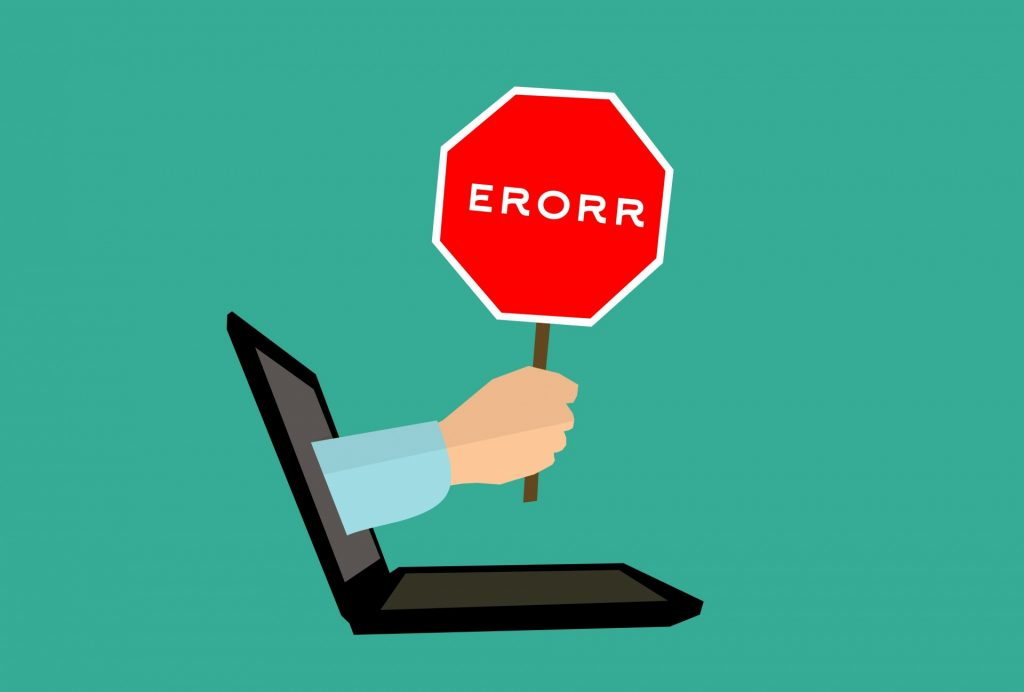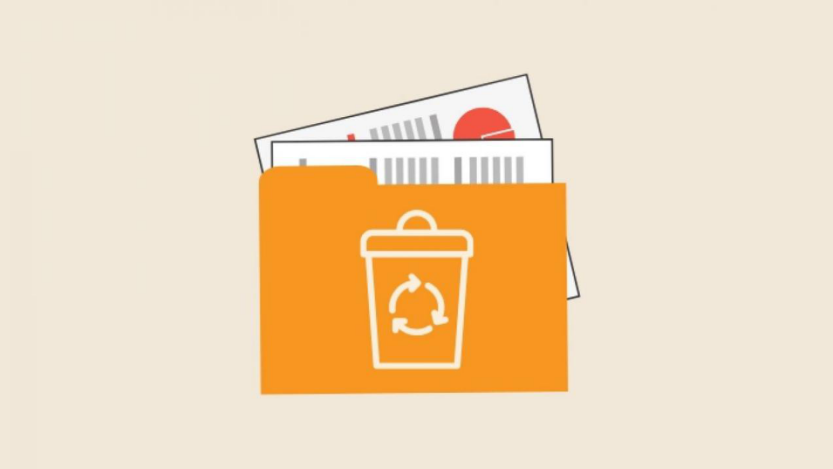User Guide
FAQ
Why the recovered files cannot be opened?
Data loss occurs every day around the world in many ways like accidental deletion, hard drive failure, system failure and more. You may try to recover your files but the results frustrate you. You find that recovered files cannot be opened and get a wrong conclusion that the important file is lost for forever. However, it’s too early to jump to the conclusions. Actually, it’s still possible to get your file back. Here we will analyze the reasons why the recovered files cannot be opened and suggest possible ways to fix the problem.

Why files cannot be opened after data recovery?
There can be many reasons why files cannot be opened after data recovery. Here are some causes that users face most often:
- Check filename extensions
You first can check whether your recovered file has a correct filename extension. Chances are that weak recovery tool can restore the data but fail to recreate the file with a correct format. Thus you can open the recovered files smoothly.
- Physical damage to the storage device
Any physical damage to the storage device will affect the data stored inside. Thus, you cannot open the recovered file because some data become inaccessible physically during the file recovery process.
- Fragmented files
You’re likely to receive damaged files after recovery if you want to restore the file which was edited frequently. Since such files are stored in discrete locations, it is very difficult to recover some of the fragmented files once they are lost.
- Bad sectors in the storage device
One of the possible causes of inaccessible recovered file is the presence of bad sectors. It contains some file data but cannot accessed by the system.
- File contents overwritten with other data, partially or completely
When you delete a file, only a file reference is removed actually. The operating system will mark the original space as available for writing new data. When a command to save a new file is executed, the system checks that the free space of the storage device is consistent with its tag and writes new data. By its own logic, the system can select specific sector and write new data, which will delete any previous records. The more sectors get overwritten, the greater is the likelihood that recovered files cannot be opened.
- Erased by a virus attack
Virus can distort information to prevent further repair, even by professional data recovery software. Therefore, you cannot open the recovered files.
- Damaged Master Boot Record
It will be difficult for the operating system to detect partitions or identify their settings if the master boot record is damaged. It can result in the destruction of the partition’s logical structure, the internal content of the record, or the partition record in a link within the extended partition chain. Thus, it’s impossible to open such recovered file.
- Bad recovery software
It’s very important to select a reliable and professional recovery tool, as unprofessional software can damage your valuable data totally.
What should you do when recovered files cannot be opened?
Whatever the case, you still have the chances to recover your files. You can try the following methods to get your file back.

Recover your file with a professional file recovery software
Generally, a file is stored as two parts on the storage device: directory info (comprised by file name, time and size info, etc.) and data content. If the files with original file names and folder structures cannot be opened, one of the reasons might be the directory info is corrupted. There is still a chance to recover the data content with the RAW Recovery method in our software.
[maxbutton id=”1″ ] [maxbutton id=”2″ ]
Considering factors like security, operating system, data loss situations and price, RecoveryMaster is a second-to-none solution. Regardless of the extent of the damage to data, partition loss or virus attack, RecoveryMaster can restore all possible data in simple steps. It applies to any data loss situations like accidental deletion, hard drive failure, system crash, virus attack, formatting and more.
With advanced algorithms, RecoveryMaster can finish a quick scanning process in a few seconds in most data loss situations. You can pause, save or resume the scans so you don’t have to wait for the entire scanning process to complete. Moreover, it allows you to preview selected files before recovery.
Besides that, its intuitive and user-friendly interface simplifies recovery process. You can download its free version to test how it work and get your file back. It offers 100% security and protects your computer from virus attack.
Restore your file through specialized data recovery lab
Another solution is to contact specialized data recovery labs that possess professional data recovery equipment, skill and experience. However, they may charge from $100 to $1500 or higher as they have invested plenty of time, effort and money in it. You have to decide for yourself if your data is worth the money.
To Sum Up
Losing data can be quite unnerving, but even worse, files cannot be opened after recovery. Thus, we have listed some common causes that users face most often. After analyzing the reasons, you can try the above-mentioned methods to get your file back. Since data recovery lab charges high fees but don’t guarantee that data can be fully recovered, why not try using a professional data recovery software like RecoveryMaster?





